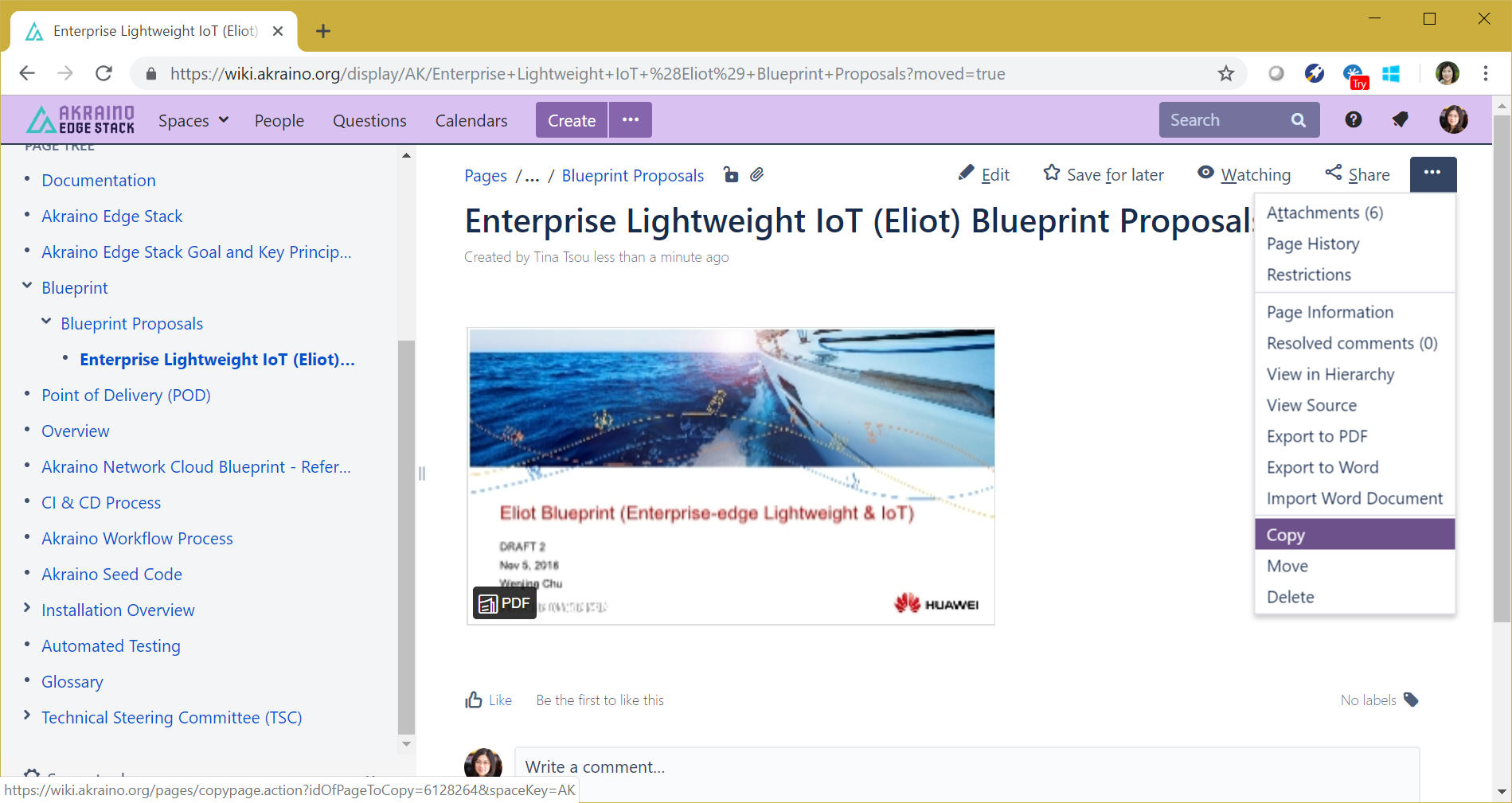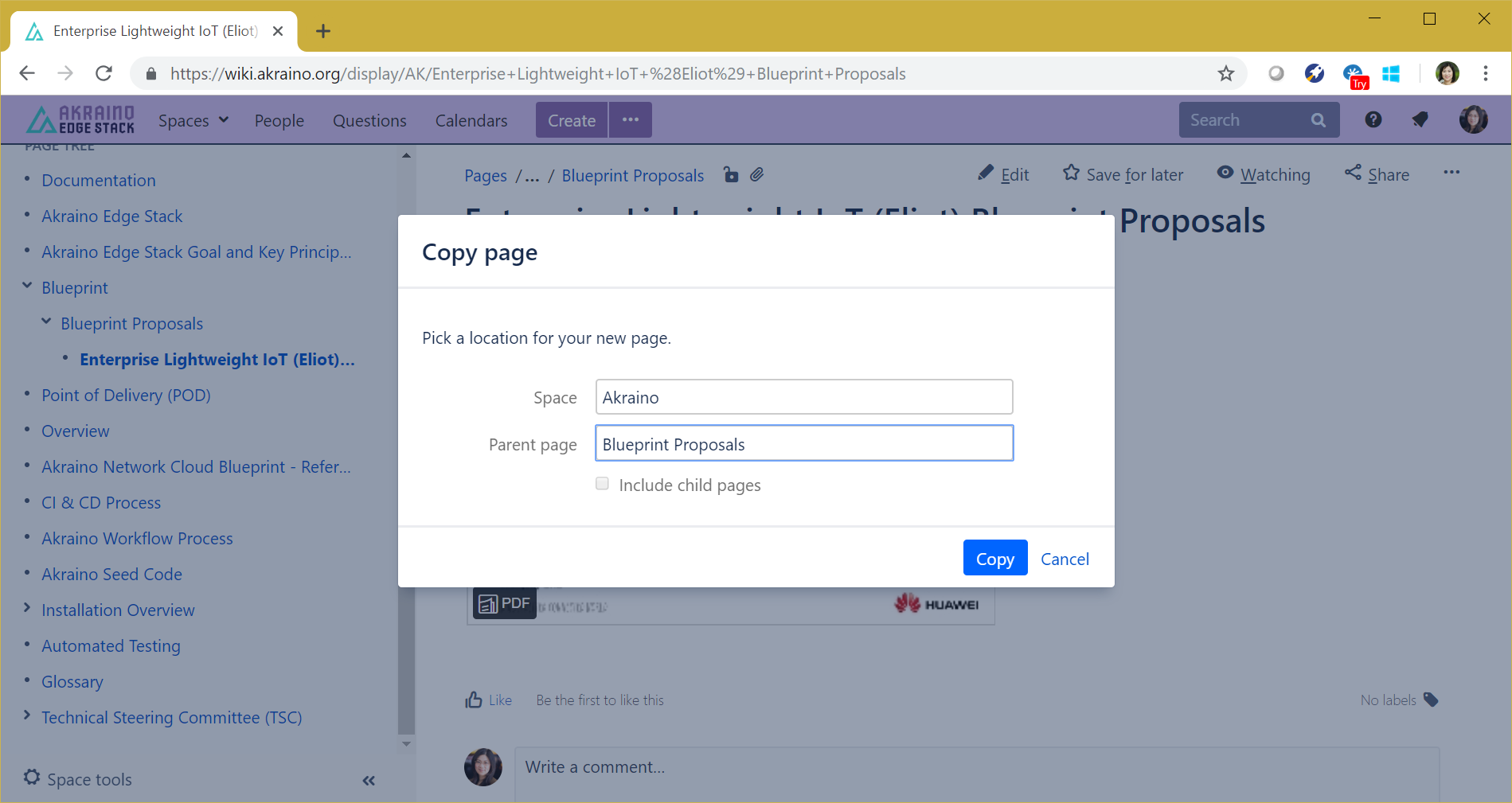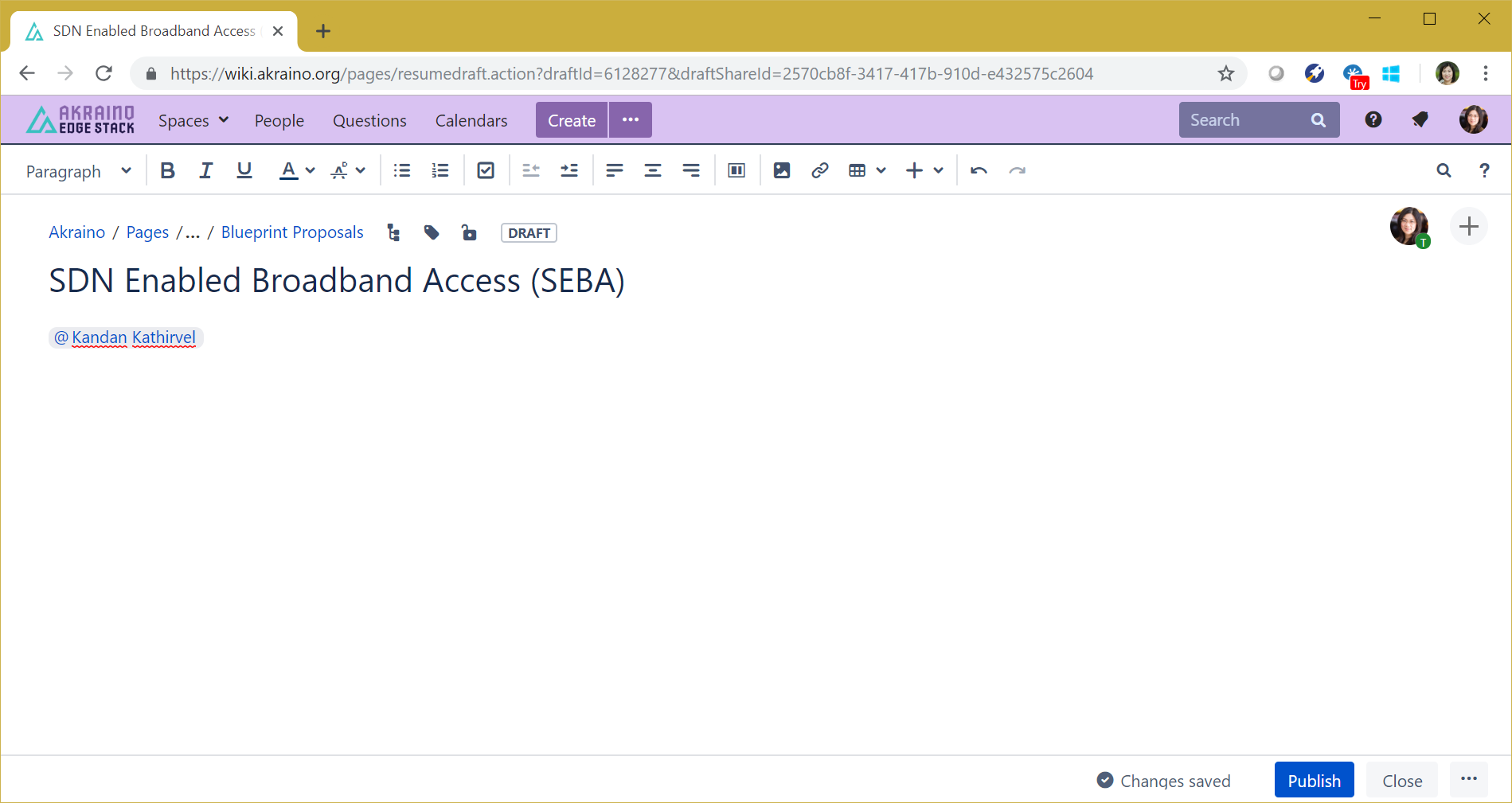- proposal
Attributes | Description | Informational |
Type | New | |
Industry Sector | Data Centers and Data Warehouses of Hospitals, Govs, Teleco and Schools | |
Business driver | Differentially private data aggregation framework, pipelineDP, enables write fast, flexible pipelines that use modern techniques to aggregate user data in a privacy-preserving manner. PipelineDP is a framework for applying differentially private aggregations to large datasets using batch processing systems such as Apache Spark, Apache Beam, and more. To make differential privacy accessible to non-experts, PipelineDP:
| |
Business use cases | 1.Schools do machine learning on differentially private data aggregation infrastructure for confidential student information. 2. Hospitals do machine learning on differentially private data aggregation infrastructure for confidential patient information. 3.Gov do machine learning on differentially private data aggregation infrastructure for confidential wage information. 4.Telco do machine learning on differentially private data aggregation infrastructure for confidential consumer text msg and phone call records information. | |
Business Cost - Initial Build Cost Target Objective | Edge Cloud should be deployable with more than 3 servers in a single rack at a low cost. | |
Business Cost – Target Operational Objective |
| |
Security need | The solution should have granular access control and should support periodic scanning. | |
Regulations | The Edge cloud solution should meet all the industry regulations of data privacy and telco standards (NEBS). | |
Other restrictions | Consider the power restrictions of specific location in the design (example - Customer premise, where data are stored in School's internal servers) | |
Additional details | The Edge Cloud Solution should be deployable across the globe and should be able to support more than 10,000 locations. | Use case submitters can include SQL queries get/set. |
2. If the proposal includes a new Blueprint Family include a completed Blueprint Family template specific to the new Family.
Case Attributes | Description |
Informational
Type | New |
Blueprint Family - Proposed |
Name |
Examples Only:
Network Cloud Family
Use Case
Differentially private data aggregation framework – OpenMind PipelineDP | |
Use Case | Differentially private data aggregation |
Examples Only:
Network CloudBlueprint proposed |
Examples Only:
Central Office deployments
• Unicycle
• Tricycle
• Cruzer
Customer Premise deployments
• Rover
Name | Differentially private data aggregation framework: OpenMind PipelineDP |
Initial POD Cost (capex) |
•
Unicycle less than $150k |
• Tricycle less than $300k
• Cruzer less than $800k
Scale
Examples Only:
• Rover - 1 server
• Unicycle - 1 rack
• Tricycle - 3 racks
• Cruzer - 6 racks
Applications
Examples Only:
Any type of Edge Virtual Network Functions
Power Restrictions
Example Only:
• Cruzer - less than 50k watts
Preferred Infrastructure orchestration
Examples Only:
OpenStack - VM orchestration
Docker/K8 - Container Orchestration
OS - Linux
VNF Orchestration - ONAP
Under Cloud Orchestration – Airship
Additional Details
Submitter to provide additional use case details
3, If the proposal includes a new Blueprint Species addition to an existing or new Blueprint Family include a completed Blueprint Species template specific to each Blueprint Species being submitted.
: 3 Arm bare metal machines, 1 10G switch, 1 AMD GPU | |
Scale & Type | For the smallest deployment, this requires 2 Arm bare metal machines. For large deployments, this could span to large number of bare metal machines. |
Applications | Differentially private data aggregation for large scale online education, telemedicine, Hospitals, Govs, Teleco and Schools. |
Power Restrictions | N/A |
Infrastructure orchestration | Host: •Orchestrator: Kubernetes •Bare Metal Provisioning:Ansible •Kubernetes Provisioning:KuD •OS: Ubuntu •GPU Driver: AMD,NVIDIA: •Network: OVS •GPU Driver (AMD, NVIDIA) |
SDN | N/A |
Workload Type | •Data Center SQL databases |
Additional Details | N/A |
Case Attributes
Description
Informational
Type
New or Modification to an existing submission
Blueprint Family - Proposed Name
Examples Only:
Network Cloud Family
Use Case
Examples Only:
Network Cloud
Blueprint proposed Name
Examples Only:
Unicycle A
Initial POD Cost (capex)
Examples Only:
• Unicycle less than $150k
Scale & Type
Examples Only:
• Up to 7 servers
• x86/ARM server or deep edge class
Applications
Examples Only:
5G Core or vRAN (RIC)
Power Restrictions
Example Only:
• Less than 10Kw
Infrastructure orchestration
Examples Only:
OpenStack Pike or above - VM orchestration
Docker 1.13.1 or above / K8 1.10.2 or above- Container Orchestration
OS - Ubuntu 16.x
VNF Orchestration - ONAP Beijing
Under Cloud Orchestration - Airship v1.0
SDN
Examples Only:
SR-IOV & OVS-DPDK or VPP-DPDK
Workload Type
Examples Only:
VMs and Containers
Additional Details
If the proposal is to add a new Family to support an existing Use Case please identify the proposed Use Case.
...
In addition add any other material needed to describe the proposal which is needed for the TSC assessment should be referenced or placed in the proposal's page(s).
Instruction to add a new page for each submission is below.
Step 1:
Step 2:
Step 3:


